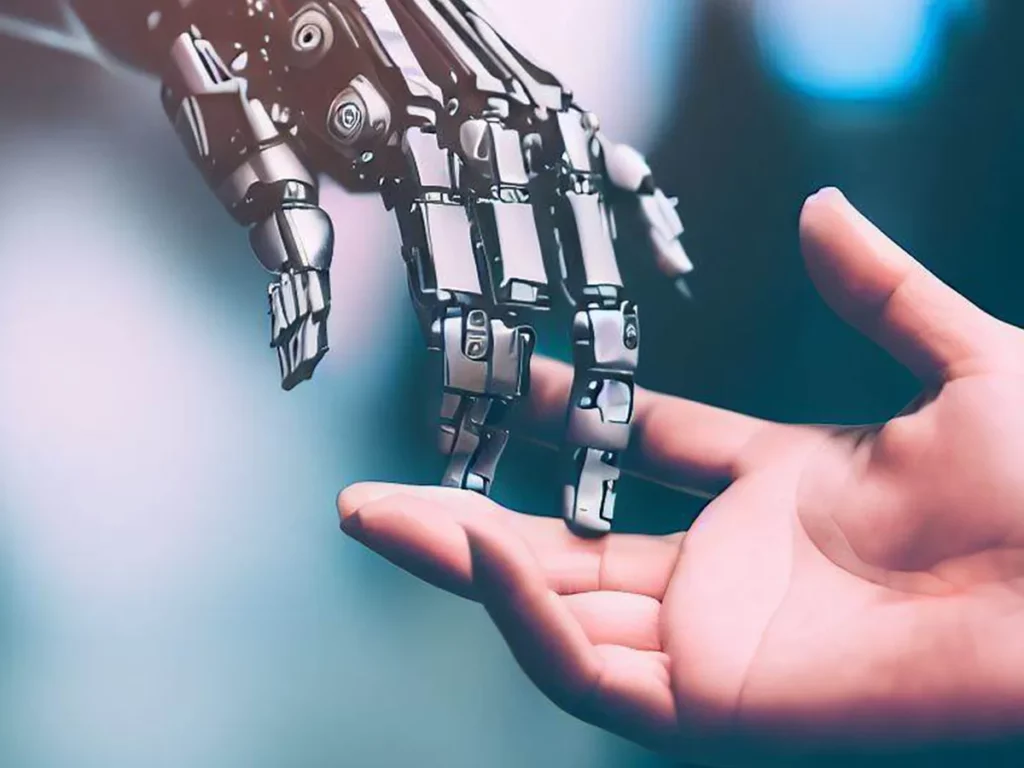Introduction
What is Artificial Intelligence? This question piques the curiosity of many as we venture into an era where technology surpasses our wildest imaginations. Artificial Intelligence, or AI, represents the frontier of computer science, focusing on the creation of intelligent machines that work and react like humans. This article aims to demystify Artificial Intelligence, shedding light on its workings, principles, and the plethora of its applications in our daily lives.
Definition and Core Principles
At its core, Artificial Intelligence is a multidisciplinary field that amalgamates computer science with robust datasets to enable problem-solving. It encompasses the development of algorithms and models that empower computers to perform tasks that traditionally require human intelligence. These tasks include learning, decision-making, and speech recognition, among others.
Key Components of Artificial Intelligence
1. Machine Learning: Machine learning is a subset of AI that enables systems to learn and improve from experience without being explicitly programmed. It involves the use of algorithms and statistical models to analyze data, identify patterns, and make predictions or decisions. Python, with its rich ecosystem of AI libraries such as TensorFlow, PyTorch, and Scikit-learn, is a widely used programming language for machine learning tasks.
2. Neural Networks: Neural networks are computational models inspired by the human brain’s structure and function. They consist of interconnected nodes (neurons) that process and transmit information. Neural networks, often implemented using programming languages like Python or R, are widely used in tasks such as image recognition, natural language processing, and speech recognition.
3. Natural Language Processing (NLP): NLP focuses on enabling machines to understand and interpret human language. It involves tasks such as text analysis, sentiment analysis, language translation, and chatbot development. Python and libraries like NLTK and SpaCy are commonly used for NLP applications.

Applications of Artificial Intelligence
Artificial Intelligence finds applications across various industries and sectors. Some notable examples include:
1. Healthcare: AI is used for disease diagnosis, medical image analysis, drug discovery, and personalized treatment planning. Python and R are frequently employed for healthcare-related AI projects.
2. Finance: AI algorithms assist in fraud detection, algorithmic trading, risk assessment, and customer service. Python and languages like Java and C++ are commonly used in finance-related AI applications.
3. Autonomous Vehicles: AI powers self-driving cars by enabling them to perceive their environment, make real-time decisions, and navigate safely. C++ and Python are commonly used in autonomous vehicle projects.
4. Virtual Assistants: Virtual assistants, such as Siri, Alexa, and Google Assistant, utilize AI to understand and respond to user commands, perform tasks, and provide information. Python and other languages play a significant role in the development of virtual assistants.
Future Implications and Challenges
As AI continues to advance, it brings both opportunities and challenges. The future implications of AI include increased automation, improved decision-making, and enhanced efficiency across various sectors. However, ethical considerations, privacy concerns, and the impact on the job market are challenges that need to be addressed.
Conclusion
In conclusion, understanding what Artificial Intelligence is pivotal as it becomes increasingly ingrained in our daily lives. From streamlining complex tasks to enhancing life quality, AI’s potential is boundless. However, it’s crucial to approach AI development responsibly, considering its profound impact on society.


nice article, well done
thank you a lot